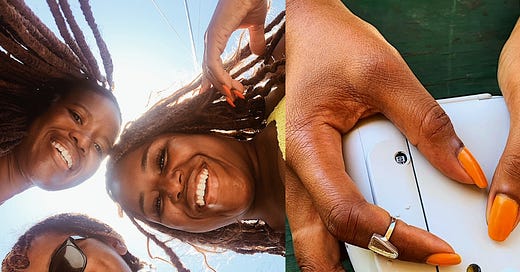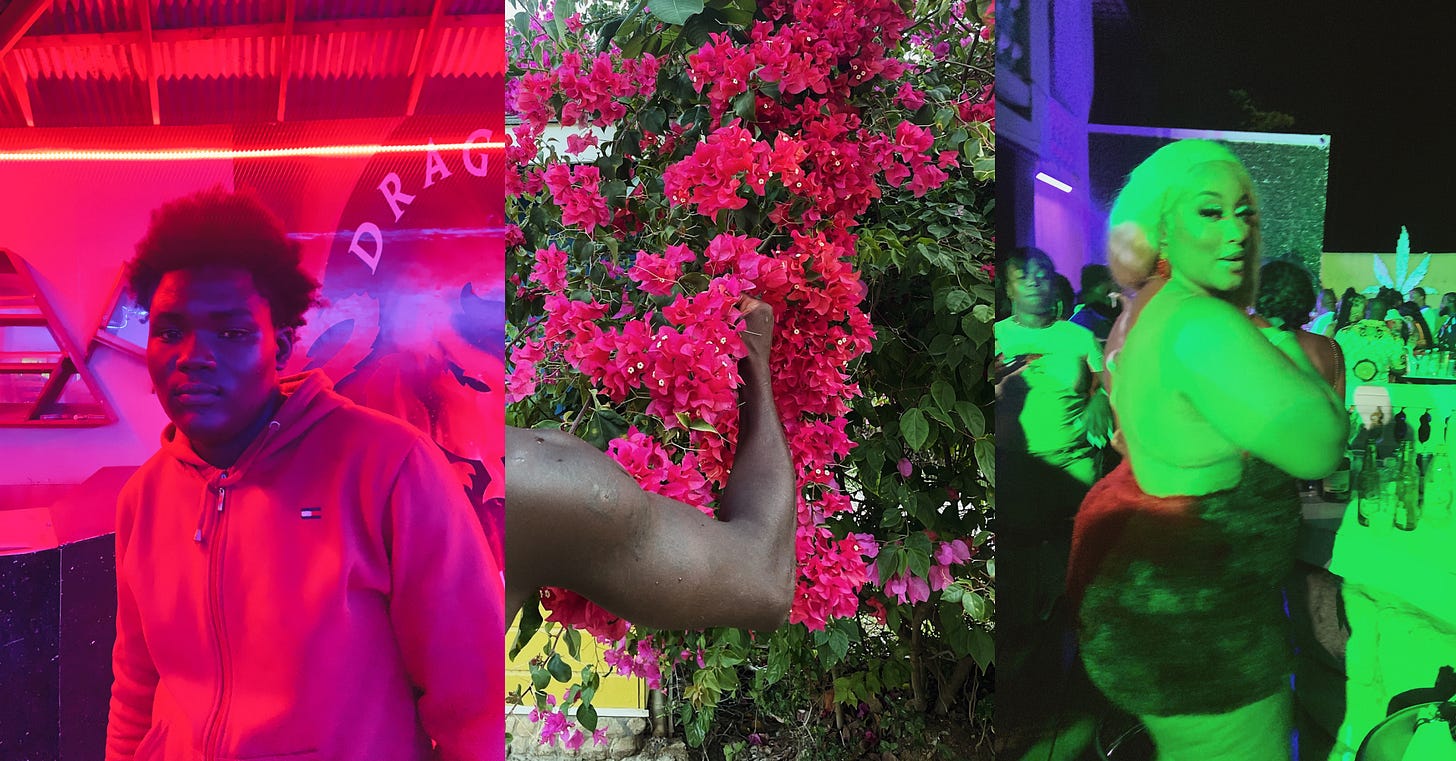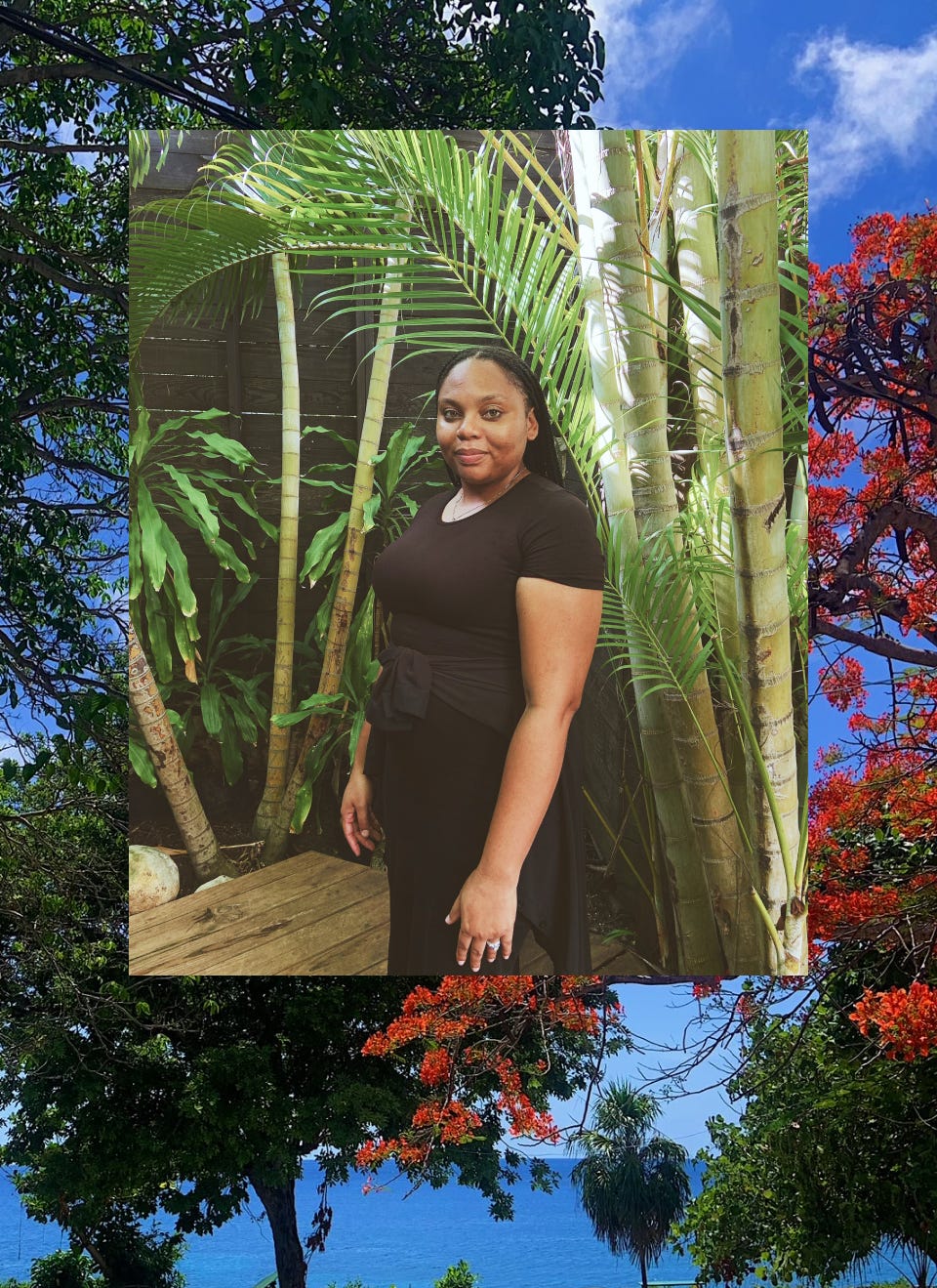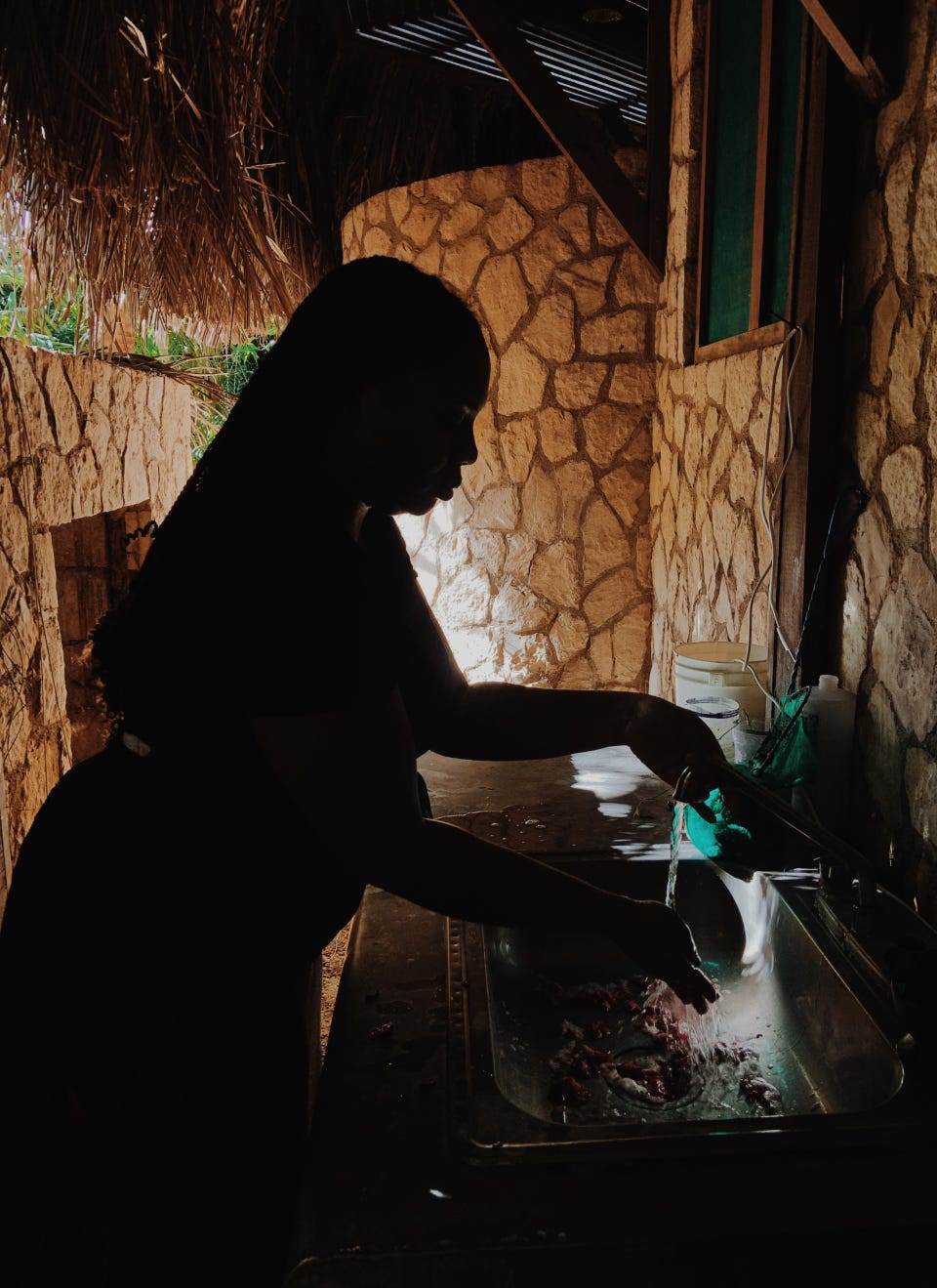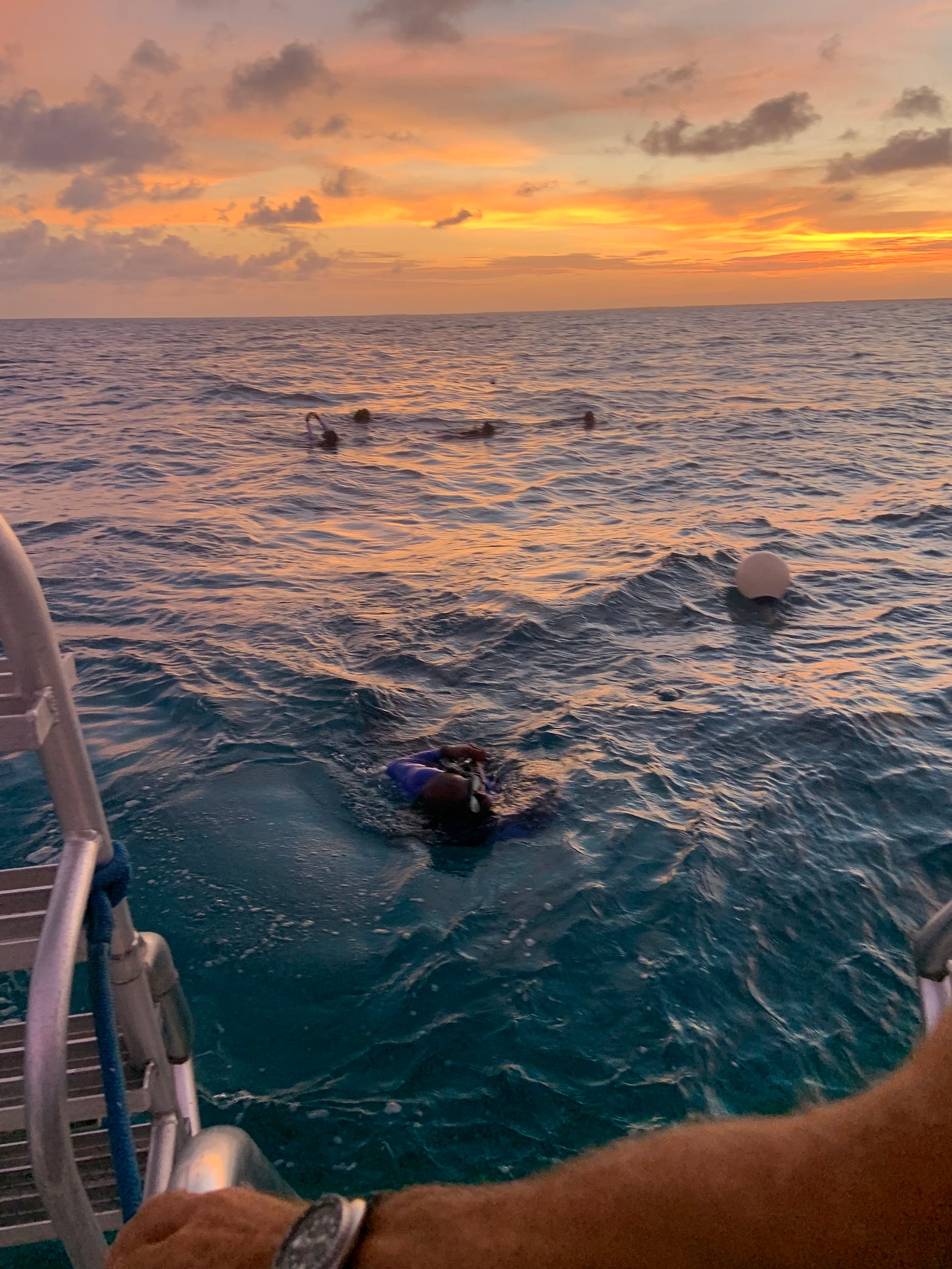This summer all I’ve wanted is floral ice cream, cool air conditioning, evening boat rides, dim lights and music I can feel in my soul. It’s the season of soursop and cherries and I’m digging in. The flowers are blooming, the hummingbirds are whirring, the salsa is swelling, the ice cream truck is beckoning, and the waist length braids is swayin’.
It’s the peak of summer, but something’s off…

I usually wake up craving the sun, but this level of heat is offensive.
Y’all it’s hot. Even I — a Florida-born, island raised, heat lovin’ girl — am beginning to resent the intensity of this heatwave. I apply sunscreen, pack bucket hats, carry an aluminum water bottle full of ice, and stay indoors more but these little survivals don’t mask the truth: our climate crisis is raging it’s head.
We laugh to quell the pain of this climate madness. But aside from sweating profusely and scrolling through doomsday memes, how are we truly processing what this means for our future and present lives?
It’s both a pressure and a privilege to preserve what climate is changing.
We’re alive in a time when a little means a whole lot, where just a few degrees hotter is catastrophic. In order to not crumble beneath the weight of this moment, we don’t have an option of choosing between our joy or our perseverance, it’s both and.
So I do the homework for my coral restoration course while eating brunch on a rooftop somewhere. I apply to climate storytelling fellowships and book the girls trip to Jamaica. Both and.
Sasha agrees this heat isn’t normal.
She’s the green-eyed receptionist at the sustainable Rockhouse Hotel in Negril, Jamaica. I meet her on an uncomfortably warm and humid day. My sister and I wander in seeking a cold cup of water and an appointment with a massage therapist. Sorry there are no available appointments left today she says with genuine regret and the kindest of smiles.
We get to speaking about the weather and she confirms how unusually hot it is for May. A few minutes later we’re in a full-blown conversation about how she’s seen climate change manifest in Jamaica.
When I ask Sasha her thoughts on sustainability she says "we don't have that problem here in Jamaica", and I immediately understood she meant: we don’t need to convince our countrymen to be sustainable - sustainability is in our blood.
Here, living in nature, repurposing materials, honoring land, and appreciating the art of harvest and bloom is as common as knowing how to tie your shoe, as ordinary as breathing.
And yet, according to Sasha, there’s a disconnect in the island’s general zeitgeist between the oppressive heat, what’s happening with our global climate crisis, and what to actually do about it. But that cognitive dissonance is not just happening in Jamaica, it’s happening everywhere.
We’re all coping with the consequences of climate problems, and it’s changing how we do life. I’m interested in using photography to document and research how the climate crisis is changing our cultures, family traditions, routines and the stories we tell.
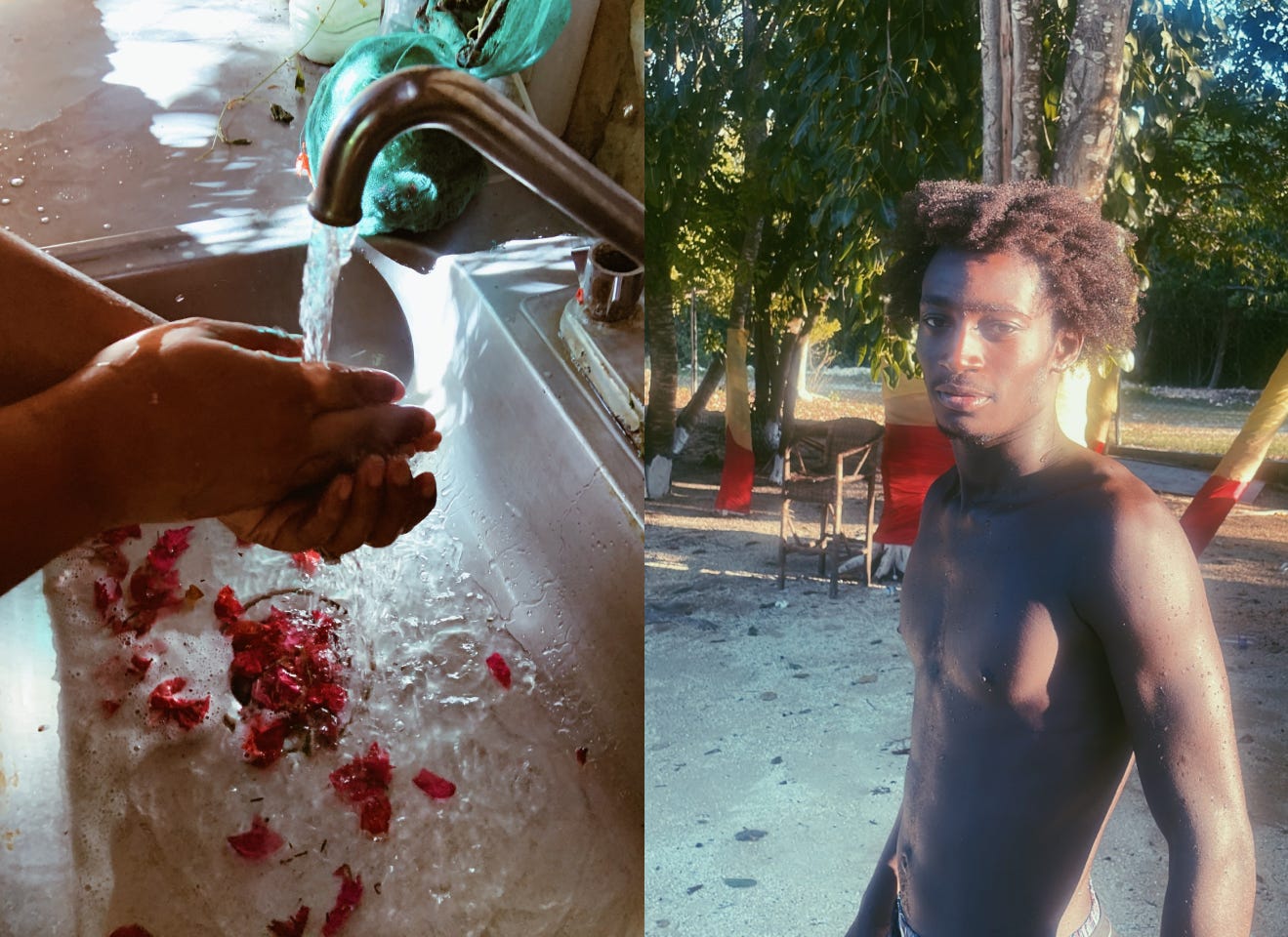
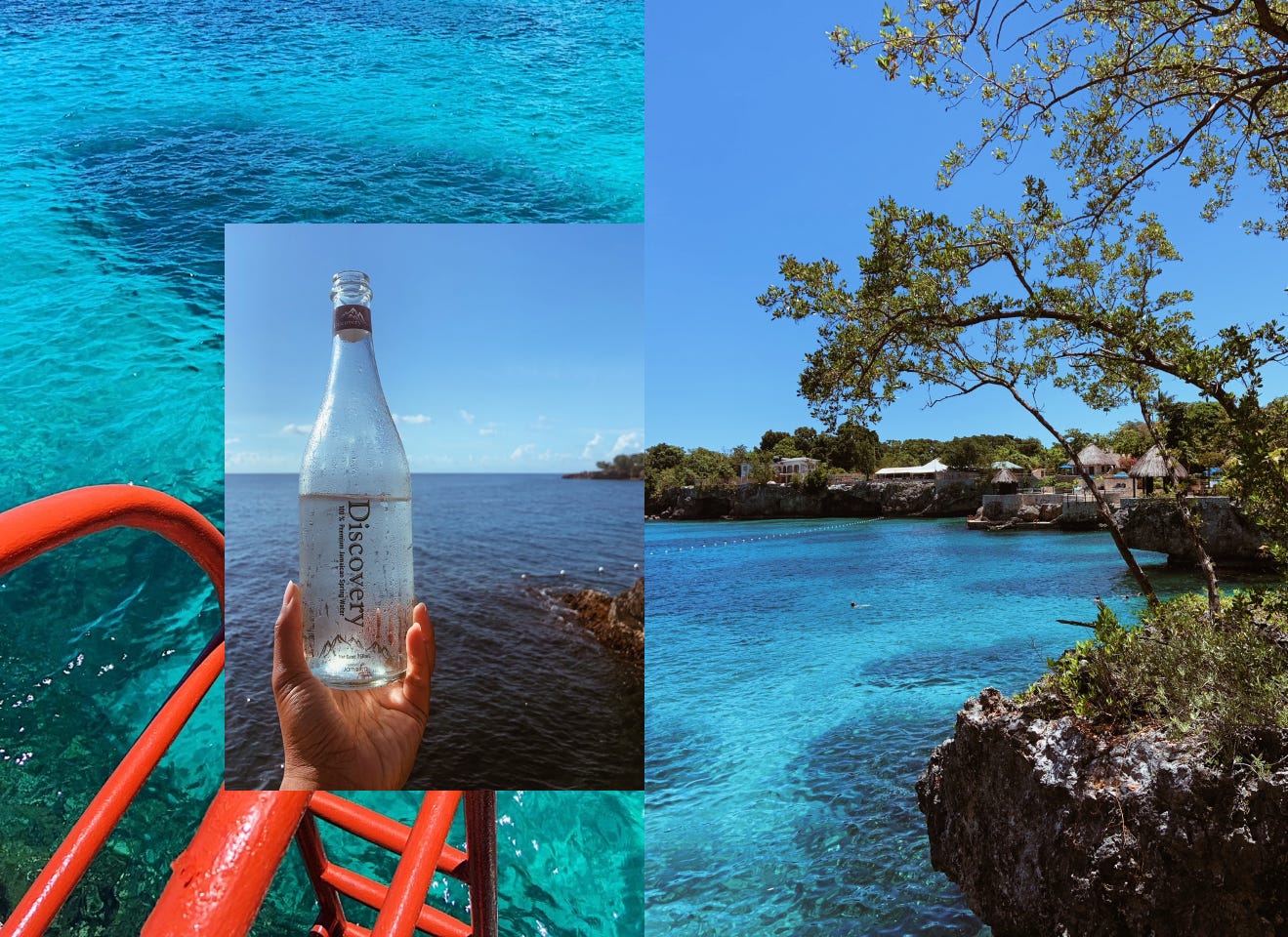
By now you know we’ve got a thinning chance to get on the right side of climate change. But what have you personally done about it?
I’ve been asking myself this question for the last couple of years while searching for the ideal climate job. I have quickly learned that creative careers in climate are still fairly un-chartered territory. It’s more of a ‘create-your-own- lane’ kinda landscape.
There isn’t a handbook for how to start, just start.
Instead of focusing on the elusive creative climate career bag, I’ve decided to just start by partnering with folks already doing the work.
Since the beginning of this year I’ve been learning about climate’s effect on coral reefs through Diving With A Purpose, CARES (DWP CARES) certification program. Before taking the course I had no idea how important the ocean was to life above water. But turns out our reefs control so much from the food we eat to hurricane wave swell protection.
I’ve just returned from a week in Key West completing my certification with YDWP CARES. We dove everyday to record scientific data on the state of Florida’s reefs. It was an incredible experience of intergenerational learning alongside youth and elders coming together to collect data that will help save our oceans and preserve life on Earth as we know it.
I was also there to help tell the story of what they’re doing and why it matters. I photographed and took video behind the scenes of the program while taking the course. I’m looking forward to telling you more about this amazing organization. Here’s a preview of my favorite dive:
One of the main takeaways from DWP CARES is how powerful talking about climate change at your job, with your friends, in your families is. By spreading awareness you are making a difference. Your observations, and stories matter.
I’ll leave you with Mary Heglar’s call to action in her essay titled To Build a Beautiful World, You First Have To Imagine It:
“The real question isn’t about what the world is doing,
it’s about what we’re doing.
It’s not whether the world is ending or beginning.
It’s whether we’re creating or destroying it.
And the answer is, of course, both.”
- Mary Annaïse Heglar
What’s one way you’re noticing climate change show up in your daily life?
Share with us in the comments below. Or send a voice note via dm to @theawecast.co and I’ll feature it in my next episode.
3 Awe ‘Tings
a short list of awe-inspiring content to help you through your climate feels
🎧 Vanishing by Anaiis this live performance gives me chills every. single. time.
🎞️ Chasing Coral the landmark film about coral bleaching’s cause and effects
📖 To Build A Beautiful World, World You First Have to Imagine It an essay on the role of artists in climate written by Mary Anaiis Heglar

